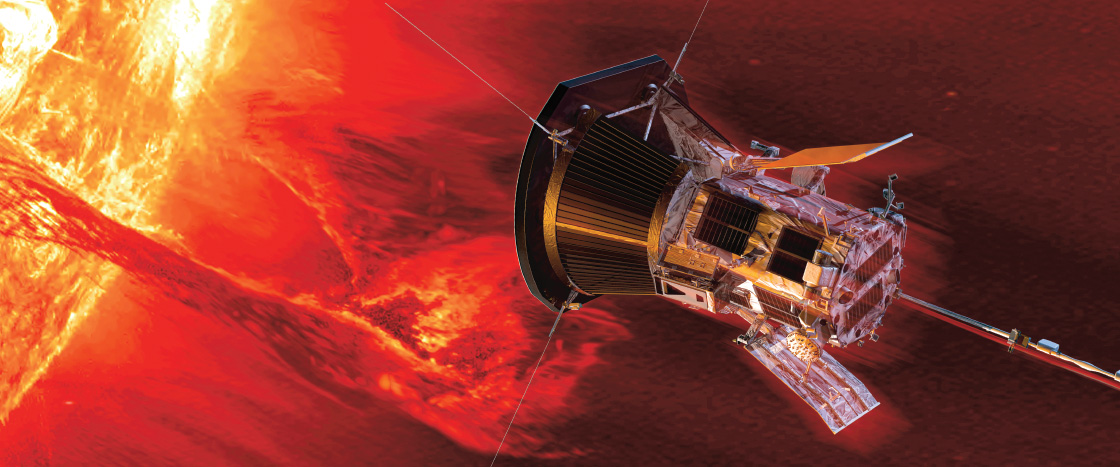In 2018, the U.S. space agency NASA launched the Parker Solar Probe. The mission’s goal is to study the sun, the star at the center of our solar system. In April 2021, the spacecraft became the first human-made object to cross into the sun’s corona. That’s the outermost layer of the star’s atmosphere. And it’s still getting closer!

Standards
JHU APPLIED PHYSICS LABORATORY/STEVE GRIBBEN
1. CORONA: The sun’s corona, or the outer part of its atmosphere, is much hotter than the sun’s surface. Scientists are hoping to learn why.
2. HEAT SHIELD: The 4.5-inch-thick heat shield can withstand temperatures of up to 2,500°F.
3. INSTRUMENTS: Antennas and other sensors collect data about the sun’s atmosphere.
Fun Fact: The sun is the closest star to Earth—about 93 million miles away.
The sun, like every star, is a giant ball of superhot gases. Parts of its corona reach more than 1.1 million °C (2 million °F). The probe avoids the hottest areas. But it still needs protection from the sun’s extreme heat. It has a heat shield to keep it from getting damaged.
The probe sends data back to Earth. Scientists will use this information to study how the sun creates solar wind. That’s the stream of charged particles it sends into space. When they reach Earth, they can disturb technology, like GPS. Scientists learned from the probe that the corona has spikes and valleys. “What we are learning from this mission is just mind-blowing,” says Nour Raouafi, the mission’s project scientist.
